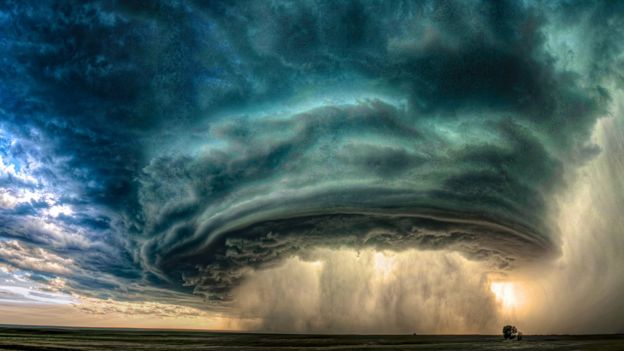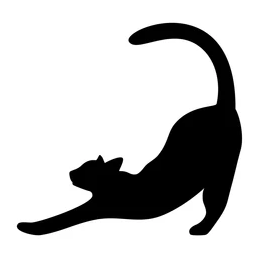Tracking Stolen Pictures

Sean Heavey recognised his photo the moment he saw it on Stranger Things.
“God, that storm looks familiar,” he said, as he and his son watched the hit Netflix show.
When he watched a documentary about the making of the series, he became certain.
“They saved it off of Google, added a foreground to it and used it as a piece of concept art,” Mr Heavey says.
No-one else had photographed this supercell thunderstorm; no other cars drove down the road that day, to chase it across the Montana prairie.
He called the four panoramic shots he had stitched together The Mothership.

“I should have got credit and paid for it,” says Mr Heavey.
He tried to contact Netflix, but the company told him, “You can’t copyright Mother Nature.” His case stalled.
Chasing storms is no hobby for Mr Heavey.
Getting that perfect shot costs him thousands of dollars in petrol every year. He braves “golf ball-sized hail”, winds raging over 100mph and rescues stranded people.
He complained on social media and his remarks were read by executives at Pixsy, a firm that helps photographers fight copyright infringement. They contacted Mr Heavey and, eager for the help, he agreed to work with them.

Pixsy appointed Mr Heavey a lawyer, David Deal, and together they found six more occasions where Netflix used The Mothership. Netflix settled the lawsuit in December 2018, according to records seen by the BBC.
The company did not respond to a request for comment.
In the UK, if convicted in a magistrates’ court of copyright infringement you could face six months in jail or a fine of up to £50,000. Conviction in a Crown Court could carry a penalty of 10 years in jail and/or an unlimited fine.
In the United States, fines can reach $150,000 (£115,000) every time a picture is used the wrong way.
When a case is successful, firms like Pixsy collect 50% of the settlement or award at court.
“They all settle,” says Mr Deal, of copyright cases.
He says this is because the law is clear cut.



